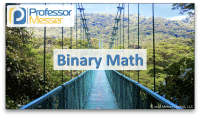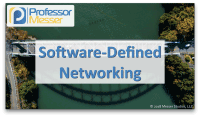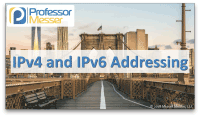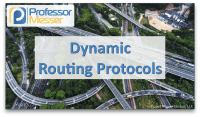IPv4 Addresses – CompTIA Network+ N10-007 – 1.4
Configuring IPv4 is more than just adding a single IP address. In this video, you’ll learn about the structure of an IPv4 address and the important configuration options to use IPv4 on your network. << Previous Video: Binary Math Next: Classful Subnetting >> As you’re configuring workstations, servers, routers, and other layer 3 devices, you’ll […]









